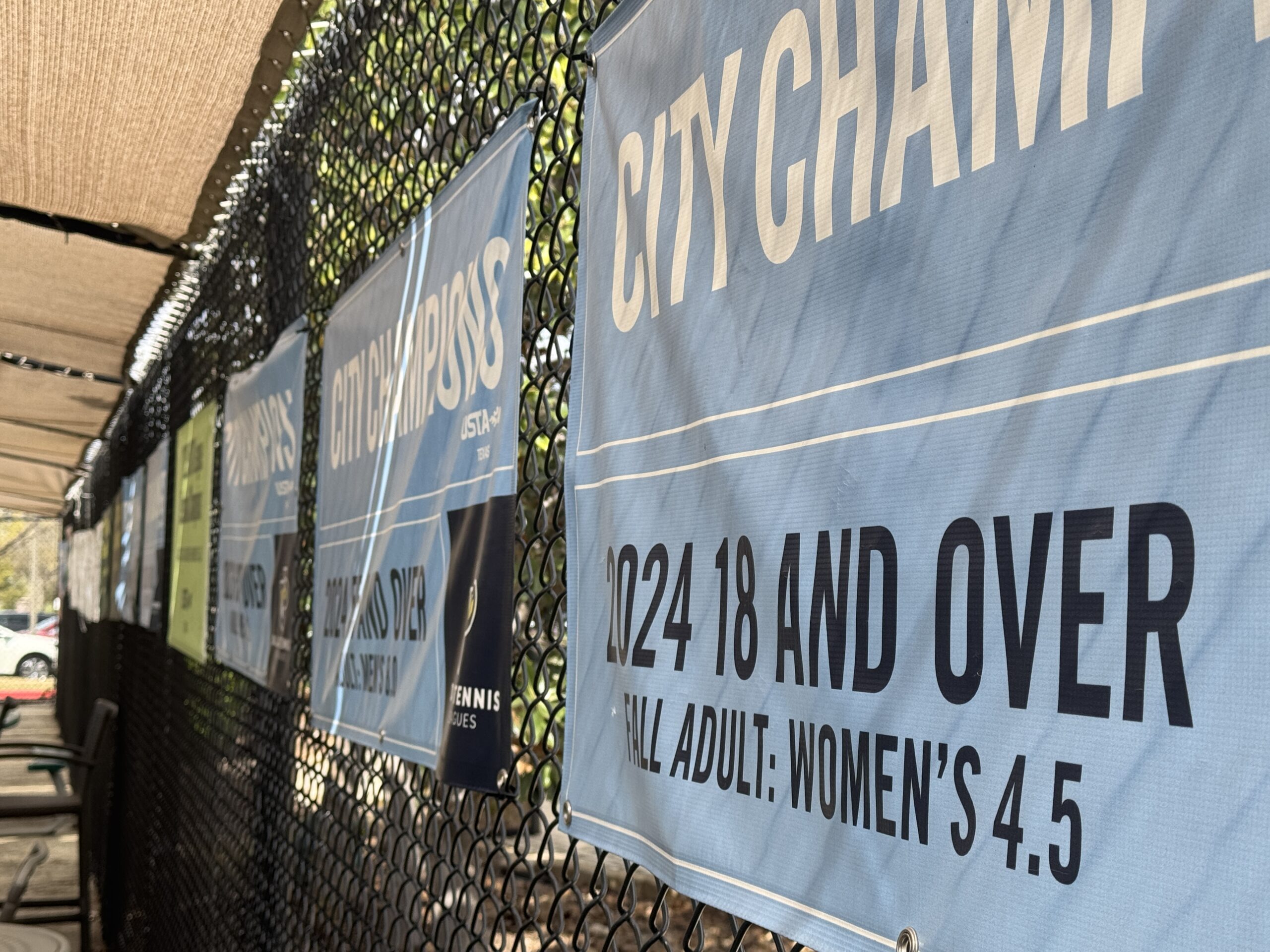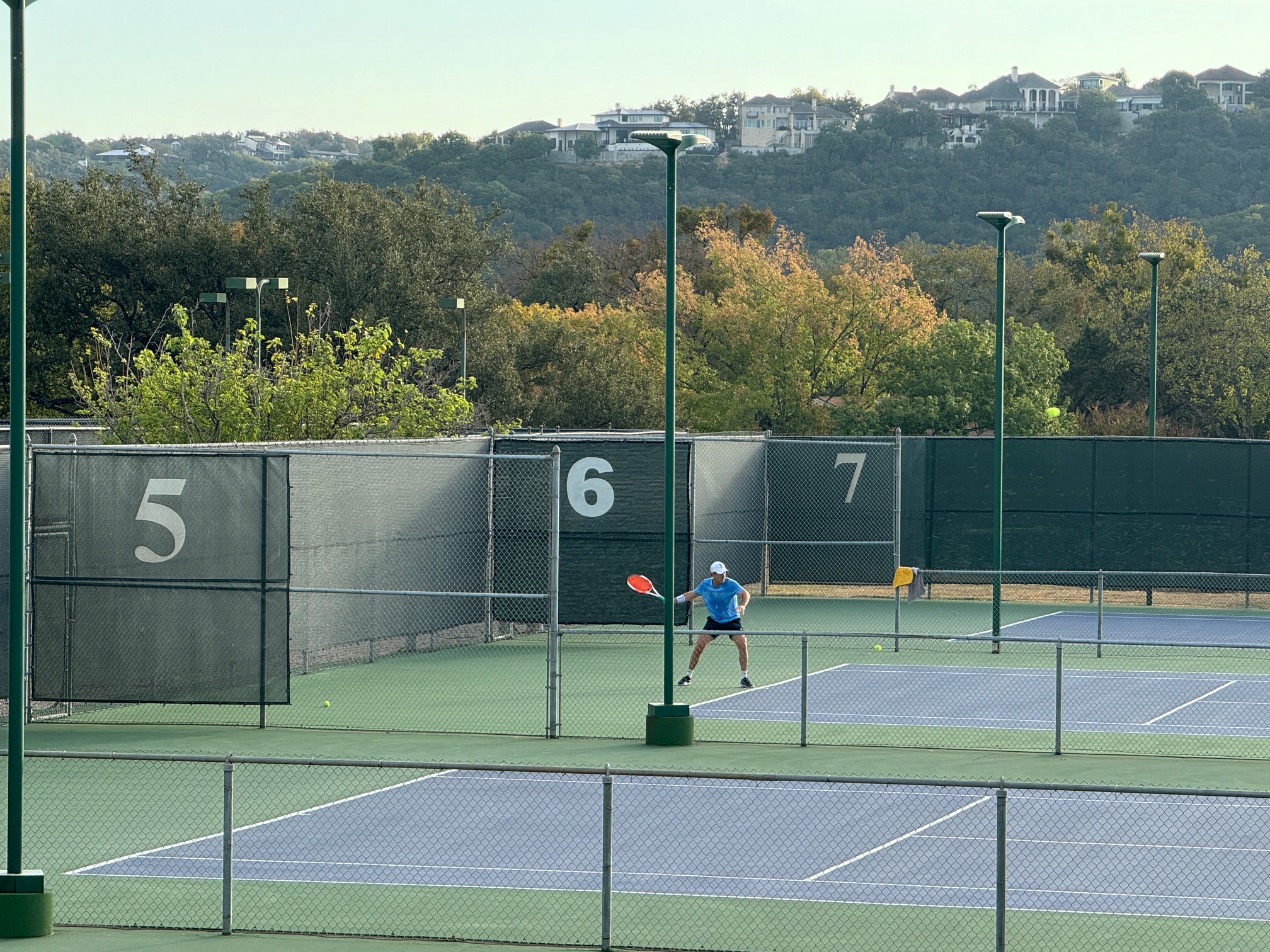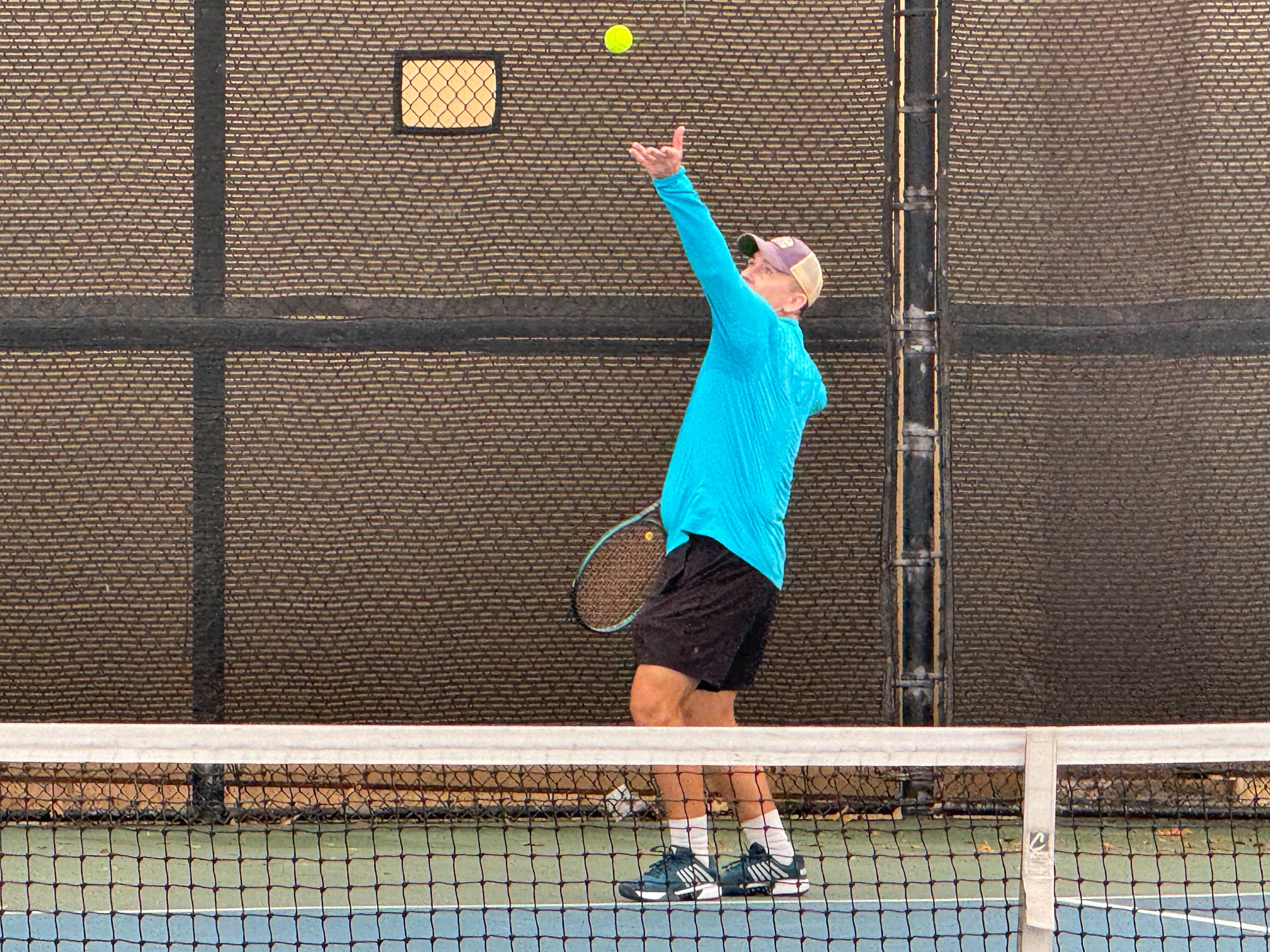The International Tennis Federation (ITF) is the sole governing body with authority over tennis. As the sport’s global administrator, the ITF ensures consistency and integrity across all levels and regions. This exclusive responsibility includes overseeing updates to the Rules of Tennis, which govern everything from scoring systems to equipment standards. While organizations such as the USTA can make their own derivative rules and interpretations, only the ITF can define the essence of how tennis is played.
The 2025 ITF Rules of Tennis were released earlier this year. It includes one substantive change: the regulation concerning coaching during matches has been updated. Interestingly, the update is somewhat retroactive—it codifies practices already in place through exceptions granted by major sanctioning bodies like the ATP, WTA, Grand Slam events, and, in certain circumstances, even the USTA. By updating the rulebook, the ITF is now bringing consistency to a practice that has already become a de facto standard.
“Coaching” is advice or instruction of any kind and by any means to a player. Coaching from an off-court location (“Off-Court Coaching”) may be permitted in events played under the Rules of Tennis by the sanctioning body concerned.
In team events only, where there is a team captain sitting on-court, the team captain may give Coaching to the player(s) at such times as permitted by the sanctioning body concerned (“On-Court Coaching”). In all other competitions, On-Court Coaching is not permitted.
If permitted by the sanctioning body, players may access approved Player Analysis Technology at times when Coaching is permitted.
Coaching is subject to the conditions set out in Appendix IV. Coaching is not permitted during the playing of a point.
2025 ITF Rules of Tennis, Rule 30, Coaching.
For players who compete under USTA-sanctioned events, this update to the ITF rules of Tennis does not constitute a material change. In particular, coaching is not allowed for USTA League play. For tournaments, it is also not permitted except during designated breaks. For either of those restrictions to change, the USTA Friend at Court or the USTA National League Regulations would have to be updated to explicitly allow that practice. We will break that down in subsequent weeks, but for the sake of clarity, nothing has changed for the majority of players competing in USTA-sanctioned events.
Coaching is allowed in some USTA-sanctioned team competitions. I have direct experience with that as I have captained the USTA Texas 55+ Intersectional team for the past two years and have made the roster on a couple of prior occasions. Consequently, the precise details of allowed coaching outlined in Appendix IV of the ITF Rules of Tennis are relevant for that unusual situation. In related news, the impostor syndrome I experience walking out on the court to coach a player, which I do not have a realistic chance of defeating head to head… is real.
Subject to Coaching being permitted by the sanctioning body concerned:
- Coaching is permitted between points and at change of ends and set breaks, and at any other time (except during the playing of a point) permitted by the sanctioning body.
- for Off-Court Coaching and On-Court Coaching between points, communication may be verbal (when the coach(es) and player(s) are at the same end of the court) or by hand signals (at any time when coaching is permitted) only.
- Off-Court Coaching, and On-Court Coaching between points, must be brief (except during breaks in play) and discreet.
Note: a break in play includes medical time-out; toilet break; change of attire break; weather- and light-related breaks; and any other temporary break prior to the end of a match.
2025 ITF Rules of Tennis, Appendix IV Coaching.
While the USTA cannot override ITF Rules of Tennis, it has the latitude to issue official interpretations that clarify how those rules will be applied within its own sanctioned events. That authority allows the USTA to tailor the implementation of ITF rules to reflect the unique structures of its programs—such as leagues, tournaments, and team events—while still remaining consistent with the global framework. The 2025 USTA Friend at Court was recently released. We will take a closer look at what that official resource says about the new coaching rules next Wednesday.
- ITF Rules of Tennis, International Tennis Federation, 2025
- Friend at Court: The Handbook of Tennis Rules and Regulations, USTA, 2025



